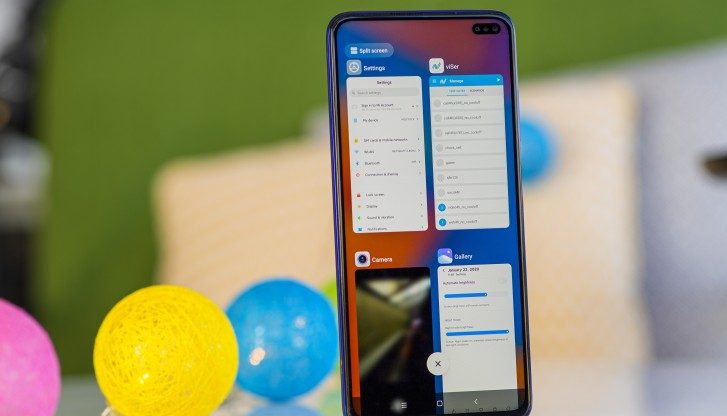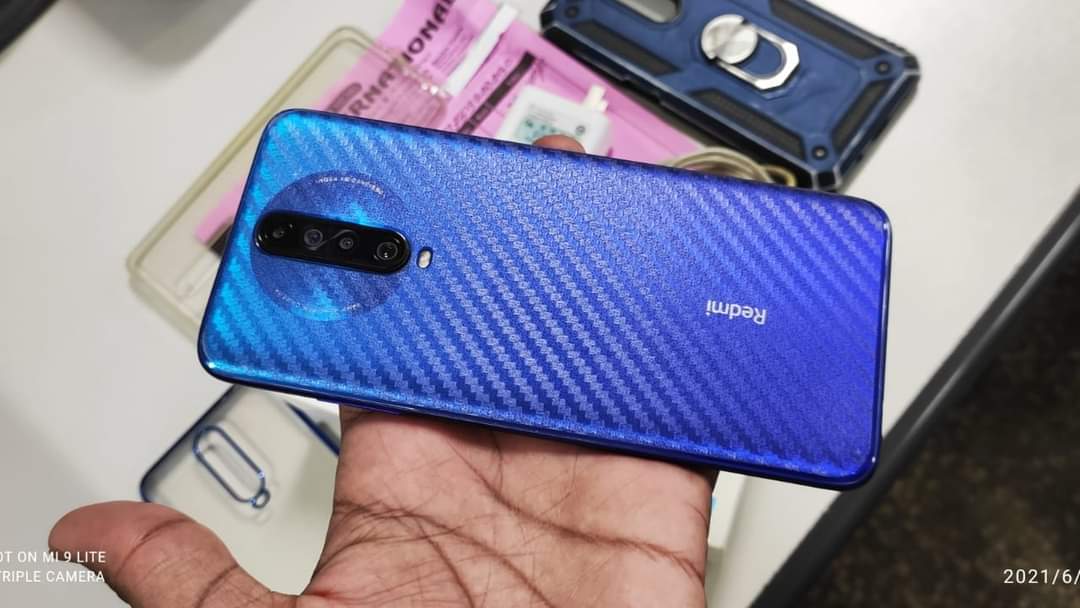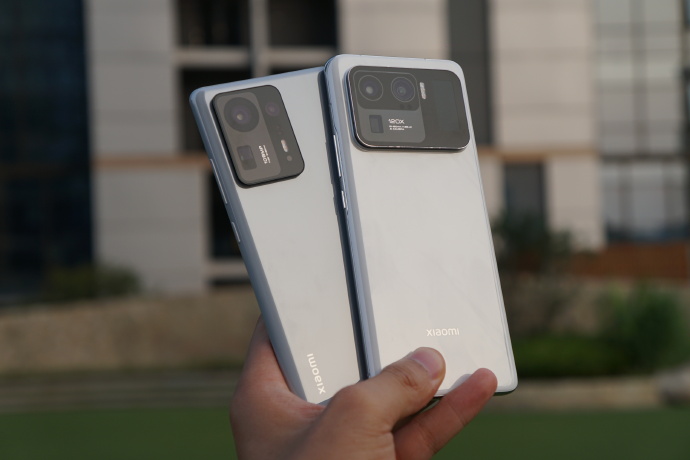Introduction of Redmi K30
It is known that “One small step for performance, but a giant leap for display” – that’s what sums up the Xiaomi Redmi K30 quite nicely. It is like a premium version of the Redmi Note 8 Pro instead of a K20 successor, but family relations aside, it will go down in history as the first-ever Redmi with a high refresh rate display!
The large 6.67″ IPS LCD screen on the Redmi K30 may look like any other 1080p display you’ve seen lately, but the 120Hz refresh rate is an instant game-changer. The MIUI is fluid like never before, and games that can go beyond 60fps will present you with buttery-smooth gameplay.

The large screen is also HDR10 capable, and Xiaomi has tried to minimize the notch by putting the two selfie cameras inside a rather small punch hole – like on Galaxy S10+.
Smooth gaming should be quite possible, as the Redmi K30 boasts the Snapdragon 730G chip, which has been known for exactly that. Xiaomi coupled it with enough RAM no matter which version you get, too.
Gaming and viewing experience are not the only things the Redmi K30 excels in. The quad-camera at the back sounds great on paper, too – it has one of the largest sensors in the industry – a 64MP Sony IMX686 for its primary, and keeping it company is an 8MP ultrawide shooter, a 2MP macro cam, and a 2MP depth sensor.
Another interesting bit is the MIUI 11, which we see running on top of Android 10 for the first time.
So, let us see the Xiaomi Redmi K30 specs firstly
Body: Plastic frame, Gorilla Glass 5 front and back, 208g.
Display: 6.67″ IPS LCD, 120Hz, HDR10, 1080 x 2400px resolution, 20:9 aspect ratio, 395ppi.
Rear camera: Primary: 64MP, f/1.89 aperture, 1/1.7″ sensor size, 0.8µm pixel size, PDAF.
Ultra wide: 8MP, f/2.2, 1/4″, 1.12µm pixels.
Macro camera: 2MP, f/2.4, 1/5″, 1.75µm.
Depth sensor: 2MP; 2160p@30fps, 1080p@30/60/120fps, 720p@960fps video recording.
Front camera: Primary: 20MP, f/2.2 aperture, 0.9µm pixels. Depth sensor: 2MP; 1080p/30fps video recording.
OS: Android 10; MIUI 11.
Chipset: Snapdragon 730G (8nm): Octa-core (2×2.2 GHz Kryo 470 Gold & 6×1.8 GHz Kryo 470 Silver), Adreno 618 GPU.
Memory: 6/8GB of RAM; 64/128/256GB UFS 2.1 storage; shared microSD slot.
Battery: 4,500mAh; 27W fast charging.
Connectivity: Dual-SIM; LTE-A, 4-Band carrier aggregation, LTE Cat-12/ Cat-13; USB-C; Wi-Fi a/b/g/n/ac; dual-band GPS; Bluetooth 5.0; FM radio; NFC; IR blaster.
Misc: Side-mounted fingerprint reader; 3.5mm audio jack.
About the whole design
What can we say about the Redmi K30? It’s a glass phone like any other, but if we are to describe it easy – think of a Redmi Note 8 Pro mixed with an essence of Huawei Mate 30 Pro, and the Galaxy S10+’s punch-hole.

The phone has dual Gorilla Glass 5 panels – one flat and one curved. Then there is the plastic frame, half brushed – half polished, sprayed with whatever color you’ve chosen to buy.
A large 6.67″ IPS LCD screen takes most of the front and leaves quite thin bezels if we are not counting the more obvious chin, that is. The screen edges are curved, as on every other modern smartphone. But the long punch-hole is not that common – we first saw it on the Galaxy S10+ (right?), but it’s obviously spreading. And we are not quite sure if this is the best design as the space around this large hole is entirely wasted. It’s like having a notch in the corner, but somehow – uglier.
Then, let us see the display screen
The Redmi K30 features a larger 6.67 IPS LCD screen with an elliptical hole for the dual-selfie camera. We established those are actually two smaller punch-holes, but the phone does not use the space between them for whatever reasons. On top of the whole thing lies a flat Gorilla Glass 5 for protection.
The screen resolution is 1,080 x 2,400 pixels, making for 20:9 aspect ratio and nice pixel density of 395ppi (same as Redmi Note 8 Pro).

Battery life
The Redmi K3 is powered by a large 4,500 mAh battery – the same as Redmi Note 8 Pro’s cell, but it has 500mAh capacity more than the K20’s battery.
As for the performance and benchmarks, they are awesome!
The Xiaomi Redmi K30 employs the Snapdragon 730G chip – one of the most powerful upper-midrange platforms from Qualcomm. Hardware-wise, the Snapdragon 730G is pretty much identical to its vanilla sibling we saw on the Redmi K20.
The CPUs of both 730 and 730G are identical – octa-core processors with two Kryo 470 Gold (Cortex-A76) cores clocked at 2.2 GHz, and six Kryo 470 Silver (Cortex-A55) ones, working at 1.8 GHz. They are all built on an 8nm LPP node and hence pretty power-efficient.
Both chips also have the same Adreno 618 DSP. But the one on the 730G is clocked 75 MHz higher and sits at 575 MHz. This is the only difference between the two chips and so is the only thing different between the hardware of Redmi K20 and Redmi K30.
Finally, depending on the storage option you choose, the Redmi K30 will be with either 6GB or 8GB of RAM.






